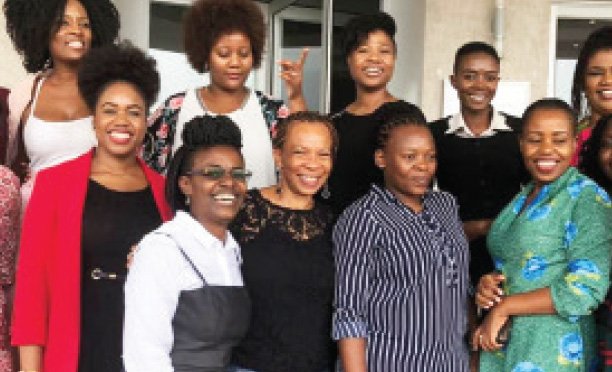BEWARE SEX PESTS
Women In News, an international organisation that aims at empowering female journalists to work hard in their profession is tackling sexual harassment in the workplace.
Female journalists that are members of WIN had their annual national gathering in Gaborone where they shared experiences. One of the presenters, Tshepang Tiroyaone, described sexual harassment as unwanted and offensive behaviour of a sexual nature that violates a person’s dignity and makes them feel degraded, humiliated, intimidated or threatened. It can be physical, verbal and non-verbal, she said.
“Sexual harassment in the workplace is a form of discrimination that includes any uninvited comments, conduct, or behaviour regarding sex, gender, or sexual orientation,” she added. According to Tiroyaone, with physical sexual harassment, examples include touching that is inappropriate such as patting, stroking or brushing up against the body, giving a massage around the neck or shoulders, attempted or actual kissing or fondling, blocking path, and pinching.
Verbal sexual harassment includes making sexual propositions, making suggestive remarks or comments, inappropriate humour, using obscenities, among others. Non-verbal includes staring, flirting, and displaying sexual content on print, computer or phone. “It is the person on the receiving end of the behaviour who decides whether or not it is unwanted or offensive, regardless of what the other person’s intention is,” said Tiroyaone, added that sexual harassment is about power, not sex. She said that it happens in unequal relationships, where one person has more power than the other. For example, between a supervisor and a surbodinate.
One reporter said that she did not know it was sexual harassment when she went out of town on assignment with a male colleague who asked her for sex. “We went to a store together and he bought a box of condoms. On the way, he said to me that we’re cool together and that we’re going to enjoy ourselves and I declined and let it slide. I didn’t know he was sexually harassing me,” she said.
Another one said she had been receiving uncomfortable compliments from her sources about her body features. To prevent this problem, women in the media agreed to put measures in place so that sexual harassment does not happen in the first place, establish proper processes to handle cases within their organisations and report it.
According to WIN 2017 survey, 64 percent of female journalists in Africa had experienced physical sexual harassment, 24 percent physically harassed and 10 percent harassed. It was revealed that only 29 percent reported the incidents. Globally, 48 percent of female journalists had experienced sexual harassment, of which 83 percent did not report.
WIN aims to increase women’s leadership and voices in the news. It does so by equipping women journalists and editors with the skills, strategies, and support networks to take on greater leadership positions within their media. On the other hand WIN partners with media organisations to identify industry-led solutions to close the gender gap in their newsrooms, boardrooms and in the content they produce.





